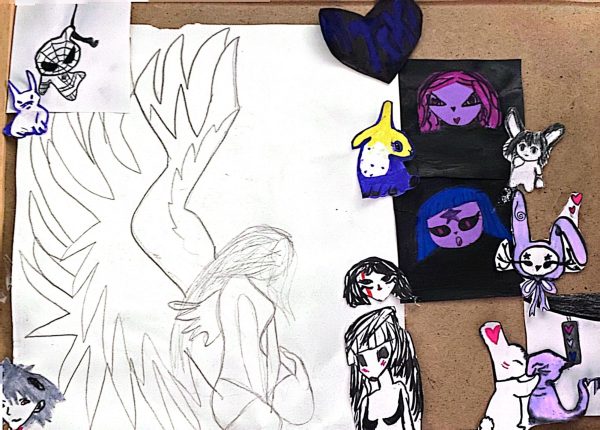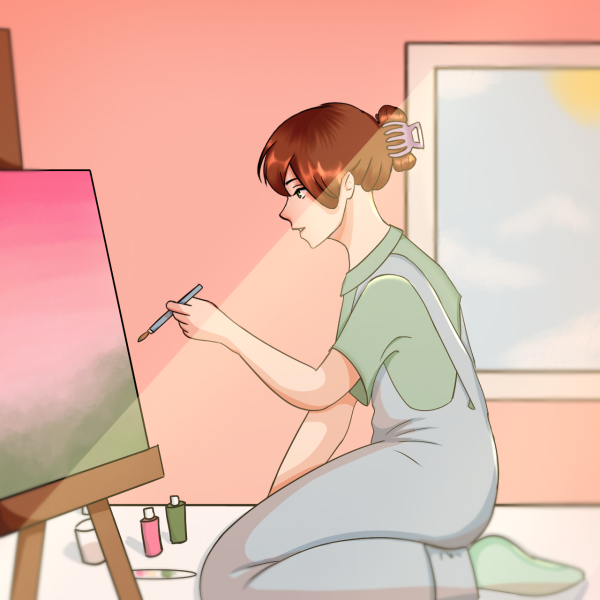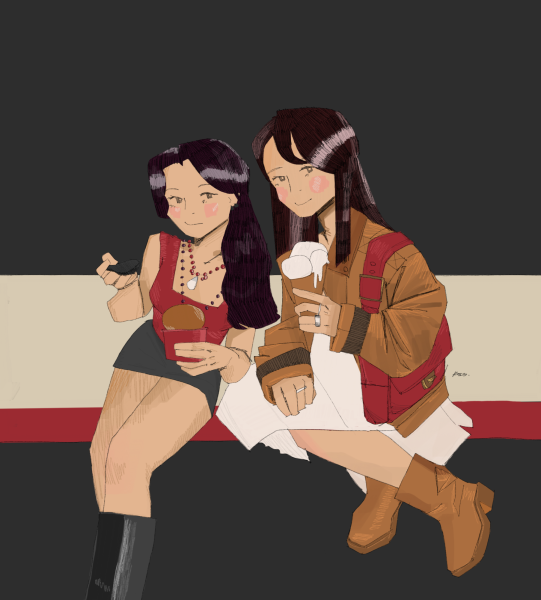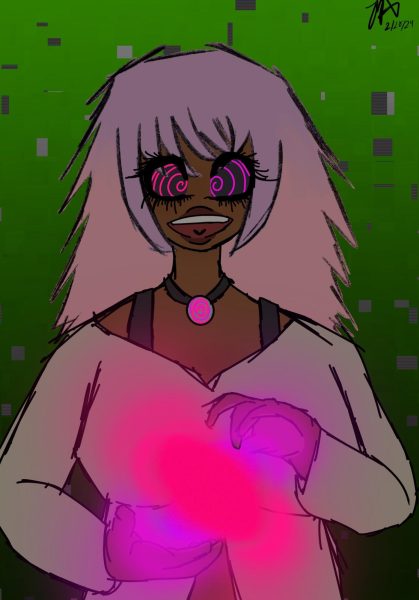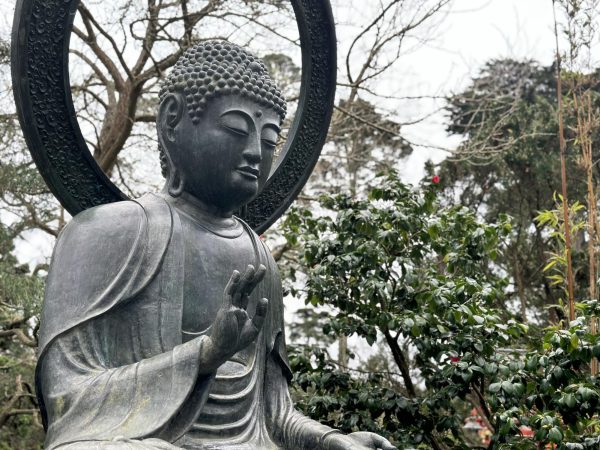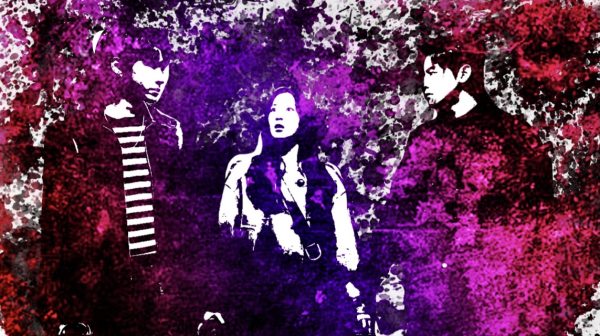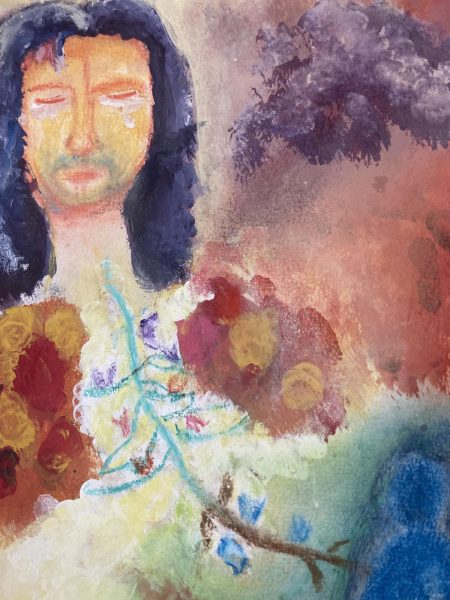A General History of La Purísima y La Gritería
This prose nonfiction is an informative short essay that provides the reader with a very general background knowledge of how an exclusively Nicaraguan tradition came to be celebrated and enhanced by multiple communities in Louisiana.
Under the autocratic dictatorship of the Somoza family, the semi-feudalist economy of Nicaragua accumulated wealth through foreign aid siphoning, corporate bribes, and industrial monopolies. In order to maintain the regime, the constitution was altered in favor of practices that would enable the Somoza family to subjugate their population under a small group of people. Though the Somoza dictatorship has been accredited with fostering agriculture and lowering the dependency of Nicaragua on banana income, the family had been allegedly oppressing human rights as well as neglecting disparities in the income distribution in the name of improving per capita consumption. The rebuilding of Managua after the 1972 earthquake was projected to be facilitated yet the city was still in ruins for a juncture that was longer than anticipated. With an amplifying resentment towards issues of income inequality and the fact 50% of the land was in the hands of the government, the Sandinista revolution, a Marxist opposition to the United States backed government of Somoza, had garnered support. Political turmoil ravaged Nicaragua as both prevalent supporters of Marxist principles and those who were loyal to Somoza actively fought. As a result, many Nicaraguans had searched for refuge in America to escape an environment that endorsed conditions of fiscal insolvency and violence in the name of waging war.
A large population of immigrants had arrived in Louisiana, which promoted a rather syncretic atmosphere that allowed many cultures to coexist by serving as a location for festivities in New Orleans. Nicaraguans arrived in Louisiana as early as 1905 after the establishment of the Louisiana Nicaragua Lumber Company in the city. Other Latin American communities developed, such as the Hondurans who arrived starting in the 1920s, through connections associated with the United Fruit Company, which has been based in New Orleans since 1901. Though such a welcoming environment was available to Hispanic immigrants, Nicaraguans kept their traditions to themselves, especially La Purísima y La Gritería. La Purísima y La Gritería was an exclusively Nicaraguan celebration that venerated the Virgin Mary by forming elaborate private altars in homes. Origins of the actual celebration differ, as many are variations of a story recounting monks at San Francisco that gave candy and fruit to children in order to attract supporters of the Virgin. Regardless of different adaptations, such foundations allowed supporters of the tradition to flourish and it eventually developed into a festival that invited Nicaraguans to build altars and sing and pray together. Gifts are given to singers at La Gritería, the last day of La Purísima after nine days dedicated to prayer and devotion. Originally, remaining cohesive and celebrating La Purísima in private was critical to the traditional custom as Nicaraguans immigrated to Louisiana. However, the environment in Louisiana brought difficulty to Nicaraguans in finding a community exclusive to those from their native country. As a result, a public event was organized to restore tradition while inviting other people to support La Purísima. Nacatamales, raffle tickets, and traditional meal plates were sold in a fundraiser intended for decorations and structures needed for events. As a predominantly Catholic city in the United States, New Orleans allows its diverse population to enjoy the religious festivities such as prayer gatherings and canticles. With the integration of Louisiana’s people into a Nicaraguan tradition, Nicaraguans could celebrate their heritage while augmenting the diverse culture of Louisiana by allowing others to indulge in such festivities. The celebration also symbolized a conclusion to the typical pressure towards Nicaraguan immigrants to Americanize and align themselves with western customs more than their own traditions. Central American immigrants who immigrated to Louisiana have become very supportive of their hispanic counterparts who wish to practice their individual cultural identities and even merge cultural elements as they understand the distress of displacement and the solace they find within their roots. La Purísima y La Gritería began as a tradition that embraced Nicaraguans in a private setting, but it eventually became one of the most welcoming traditions among a demographic that spans a vast array of people of color who value their heritage. In embracing their idiosyncratic tradition, Nicaraguans found that commemorating their diversity with a community that shares similar sentiments regarding cultural elements has allowed them to feel a sense of belonging and comfort.
Your donation will support the student journalists of Hart High School - CA. Your contribution will allow us to cover our the cost of our website and print editions.

